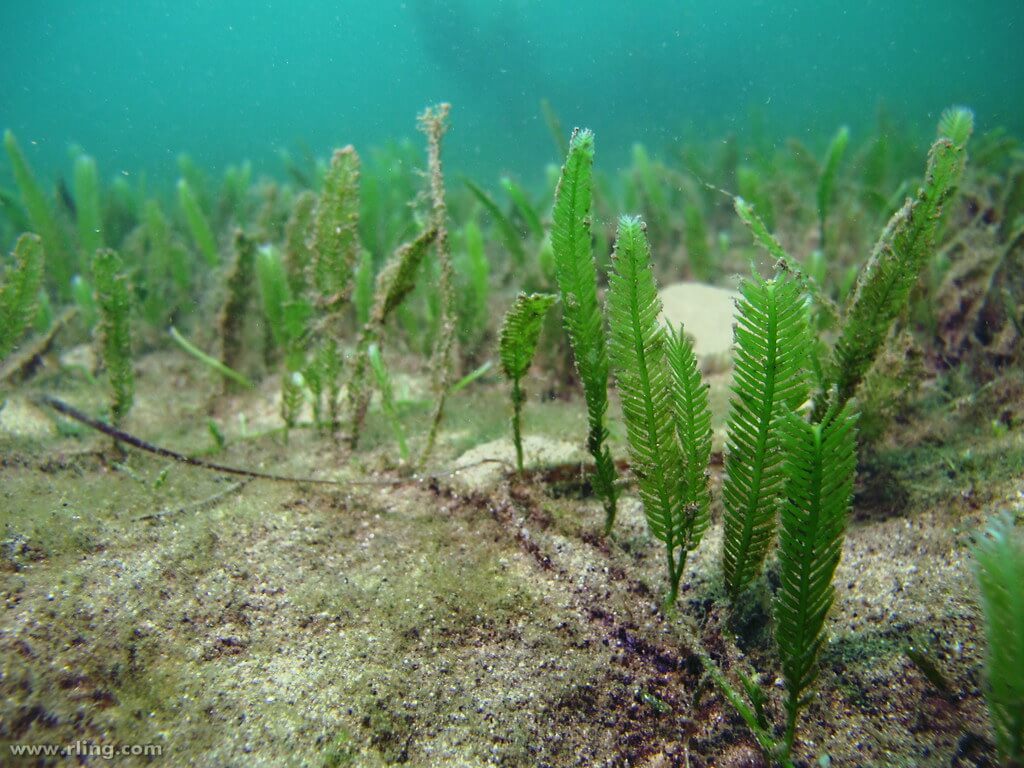Australian Plant Census (2011) available at: Vascular Plants APNI (biodiversity.org.au)
Anderson, L.W.J. (2002). Caulerpa taxifolia in the United States: rapid response and eradication program. International Caulerpa taxifolia Conference Proceedings, January 31-February 1, 2002. California Sea Grant College Program, La Jolla. Publication No. T-047 (CD-ROM). (cited in Schaffelke et al. 2006)
Creese R.G., Davis A.R. and Glasby T.M. (2004). Eradicating and Preventing the Spread of Caulerpa taxifolia in NSW. Project No. 35593, NSW Fisheries Final Report Series no. 64. Available at: Eradicating and preventing the spread of the invasive alga Caulerpa taxifolia in NSW - DCCEEW
Glasby, T., Creese, B. & Gibson, P. (2004). The invasion and attempted control of the marine alga, Caulerpa taxifolia, in New South Wales, Australia. Oral presentation given at the 13th International Conference on Aquatic Invasive Species. 19-23 September, 2004. Ireland.
Hewitt C.L., Martin R.B., Sliwa C., McEnnulty, F.R., Murphy, N.E., Jones T. & Cooper, S. (2002). Editors. National Introduced Marine Pest Information System. Available at: Species (marinepests.gov.au)
McEnnulty, F.R., Jones, T.E. and Bax, N.J. (2001). The Web-Based Rapid Response Toolbox. Available at: Home (marinepests.gov.au)
Meinesz, A., Benichou, L., Blachier, J., Komatsu, T., Lemee, R., Molenaar, H., Mari, X. (1995). Variations in the structure, morphology and biomass of Caulerpa taxifolia in the Mediterranean Sea. Botanica Marina 38: 499-508. (cited in Hewitt et al. 2002)
Murphy NE, & Schaffelke B (2003). Use of amplified fragment length polymorphism (AFLP) as a new tool to explore the invasive green alga Caulerpa taxifolia in Australia. Mar. Ecol. Prog. Ser. 246: 307-310.
NSW Department of Primary Industries (NSW DPI) (Undated A). Caulerpa taxifolia. Available at: Caulerpa taxifolia in NSW
Schaffelke, B., Smith, J.E. & Hewitt, C.L. (2006). Introduced macroalgae - a growing concern. Journal of Applied Phycology 18: 529-541.
Southern California Caulerpa Action Team (SCCAT) (Undated). Available at http://www.sccat.net/#what-is-caulerpa-1e86c8
Williams, S.L. & Schroeder, S.L. (2004) Eradication of the invasive seaweed Caulerpa taxifolia by chlorine bleach. Marine Ecology Progress Series 272: 69-76.
Wright, J.T., McKenzie, L.A. & Gribben, P.E. (2007). A decline in the abundance and condition of a native bivalve associated with Caulerpa taxifolia invasion. Marine and Freshwater Research 58: 263-272.
Also see:
Guiry, M.D. & Guiry, G.M. (2008). Caulerpa taxifolia (M. Vahl) C. Agardh - AlgaeBase. World-wide electronic publication, National University of Ireland, Galway. Available at: Caulerpa taxifolia (M.Vahl) C.Agardh :: AlgaeBase















